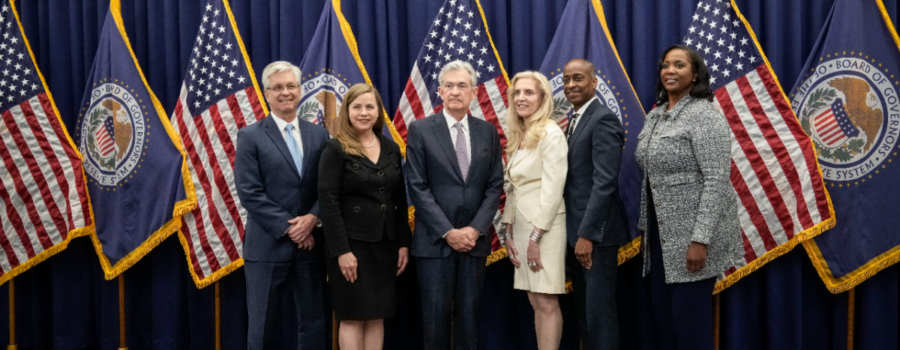The Federal Reserve took decisive action on Wednesday by beginning to cut interest rates, shifting its focus from solely fighting inflation to also safeguarding the job market.
The central bank reduced its benchmark interest rate by half a percentage point, which will lower the costs associated with obtaining car loans, financing businesses, or carrying a balance on credit cards.
This marks the Fed’s first rate cut since 2020, and it is unlikely to be the last. On average, members of the Fed’s rate-setting committee anticipate that borrowing costs will decrease by another half a percentage point this year, with an additional full point drop expected next year. This projection represents a more aggressive decline than what committee members anticipated just three months ago.
The decision to lower interest rates signifies a significant shift in the Fed’s two-and-a-half-year campaign to combat inflation. The central bank began increasing rates in March 2022 to reduce demand and stabilize prices. By last summer, rates had reached between 5.25% and 5.5%, the highest levels seen in over two decades.

Pros of Cutting Interest Rates:
- Increased Borrowing: Lower interest rates make loans more affordable, encouraging consumer spending and business investment, which can stimulate economic growth.
- Support for Job Growth: Cheaper borrowing costs may help businesses expand, potentially leading to increased hiring and job creation.
However, this rate cut occurs as the annual inflation rate has significantly dropped to 2.5% last month, down from a peak of 9.1% in June 2022.
“We’re not saying ‘Mission Accomplished’ or anything like that,” Fed Chairman Jerome Powell told reporters following the announcement. “I have to say, though, we’re encouraged by the progress we have made.”
Simultaneously, job growth has slowed, and the unemployment rate has edged up to 4.2%, raising concerns among Fed officials that sustained high interest rates could unnecessarily hinder economic momentum.
“The U.S. economy is in a good place,” Powell stated. “And our decision today is designed to keep it there.”

Cons of Cutting Interest Rates:
- Impact on Savers: Falling interest rates typically lead to lower returns on savings accounts and money market funds, which can diminish income for those reliant on interest income.
- Potential for Inflationary Pressure: While lower rates can stimulate growth, they may also lead to renewed inflation if demand outpaces supply.
The pace of future rate cuts remains uncertain. One committee member, Michelle Bowman, expressed a desire to proceed more cautiously, advocating for a more modest cut of just a quarter percentage point. Committee members are divided on how much further rates should decline next year.
While decreasing interest rates will benefit borrowers and potentially bolster economic growth, they carry risks for savers and may require careful monitoring to avoid igniting inflation again.
The timing of the Fed’s decision is politically sensitive, coming less than seven weeks before a presidential election where the state of the economy is a pivotal issue for voters. Powell has consistently asserted that he and his colleagues remain unaffected by partisan politics.
“Our job is to support the economy on behalf of the American people,” Powell remarked. “And if we get it right, this will benefit the American people very significantly. So we don’t put up any other filters. If you start doing that, I don’t know where you stop.”


